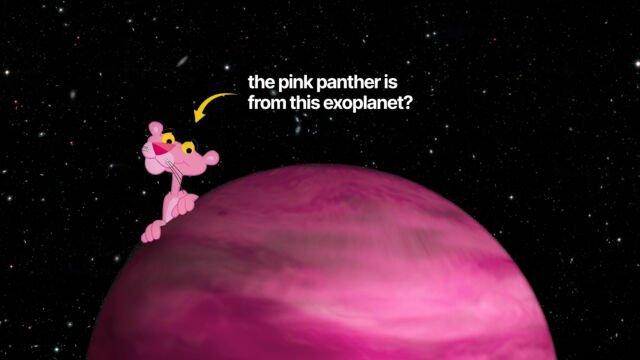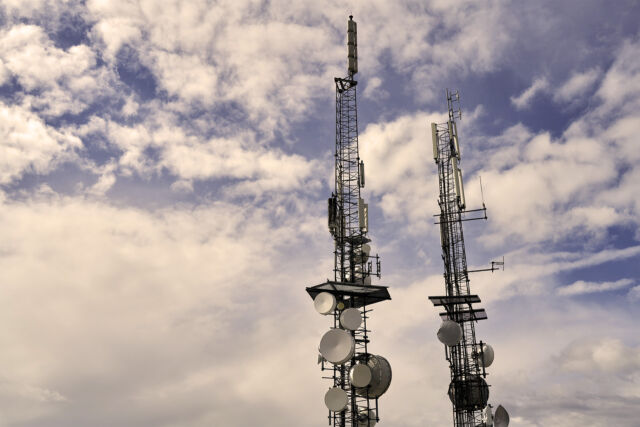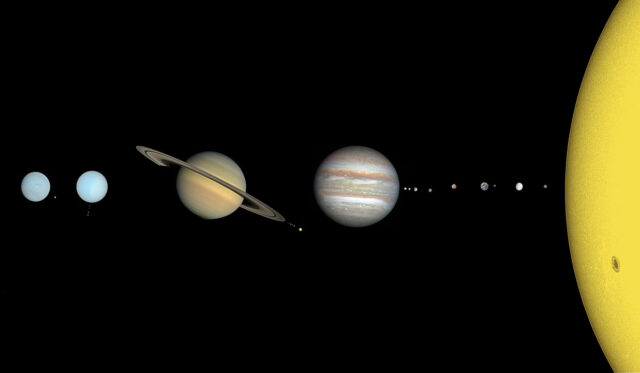On the 7th of April, Fermilab announced the results of the “Muon g-2 experiment,” conducted on May 31, 2017.
It was probably the most awaited result in the physics community as it might crack the Standard Model of particle physics.
Almost 20 years ago Brookhaven National Laboratory found an anomaly in the Standard model which became more obvious after Fermilab released its results regarding the same experiment.
New measurements are creating a sensation among science lovers all around the globe as it was slightly off from the prediction made by the Standard model.
This is a big deal for Physicists as the Standard model is known for its accurate predictions.
There might be a chance for another particle or force outside the Standard Model if there is even a small discrepancy and if it happens, then we have to revise our understanding of physics.
There is currently around one in a 40,000 chance that the result could be a statistical fluke or scientifically described as 4.2sigma.
But it requires the accuracy of 5sigma or one in 3.5 million chance to claim a discovery.
The experiment that detected the elementary particle Higgs Boson in 2012, had only a 2.3sigma confidence level.
These ‘sigma numbers‘ is how you know if a new finding in science is significant, read more here.
The standard model is said to be the most accurate theory in physics as it describes every fundamental particle which exists in this Universe and everything works according to them.
Though it has some loopholes such as the absence of the force carrier particle of Gravity called gravitons, despite these anomalies, the Standard model has made some accurate predictions.
It predicted the existence of the W and Z bosons, top, charm quarks, gluons, and their properties even before these particles were observed.
The Standard Model also predicted the existence of the famous Higgs boson, discovered in 2012 at the Large Hadron Collider.
But a theory stays up until or unless it doesn’t stand well in explaining the observations of an experiment.
The Standard model has performed well so far but it has failed to explain the results of a recent Muon g-2 experiment conducted by Fermilab.
Muon belongs to the Lepton family of the Standard Model, sharing similar properties as electrons but with different masses.
A muon is around 200 times heavier than an electron.
The Muon g-2 experiment was aimed at measuring its torque and the angular momentum when thrown in a uniform magnetic field.
Muon is a charged particle that has spin or angular momentum.
So it should act like a magnetic dipole that will react to the external magnetic field and generate torque.
According to the Standard model, it should generate a certain amount of torque but the actual observed value in the Muon g-2 experiment turned out different.
Three tests are scheduled for this experiment namely Run-1, Run-2, and Run-3. Run-1 results are out and Run-2 and Run-3 are yet to be conducted but the facility requires an upgrade for more sensitivity and accuracy.
History of the Muon g-2 Experiment
This experiment is not new, It was first conducted at CERN in 1959 with a precision of 2% in the first run and 0.4% in the second run.
The second result showed the quantitative discrepancy for the first time but the experiment and theorist re-evaluated their Model.
After almost 40 years, another Muon g-2 experiment was conducted in Brookhaven National Laboratory in Long Island, New York, United States.
This experiment was conducted with 20 times more accuracy than the previous experiment at CERN.
Their results were slightly off from the Standard Model prediction.
They found the magnetic moment to be around 1.00116592031 while the predicted value was 1.00116591810.
Though the difference was not much considering the uncertainty of the experiment and theoretical value, both might overlap each other somewhere.
This was a hint that something is fishy with the muon, and it might be interacting with some unknown particle/force, but the efficiency of the experiment was 3.7sigma which wasn’t enough to claim it.
A few years later, Fermilab acquired the equipment used by the Brookhaven National Laboratory and made it more accurate and efficient.
Their goal was to make the experiment 4 times more sensitive than the previous one.
Now the muon’s magnetic moment was found to be 1.00116592061, and this time the uncertainty was far less than before.
Along with magnetic moment, they also found the value of g-factor, which is 2.00233184122, while the theoretical value is 2.00233183620, and this time the confidence level is 4.2sigma.
What is g-factor?
In classical mechanics, the formula for finding the magnetic moment of a spinning charged particle is μ = qL/2m, where q is the charge, m is the mass, and L is the particle’s angular momentum.
But in Quantum mechanics we need to introduce the g-factor or Gyration factor (g-factor) as the spin at the quantum level is a bit different.
Hence, the expression for the magnetic moment becomes μ = g*qL/2m. The value of g for an electron is 2.00231930436.
This value depends on the spin of the particle and its interaction with other particles explained via Feynman Diagrams in Quantum Electrodynamics (QED).
The wobbling of a particle in a uniform electron field is directly proportional to the value of the g-factor.
Physicists were more interested in knowing the decimal places of the g-factor as the anomaly due to unknown interactions is obvious from the decimal values.
Hence, they named this experiment Muon g-2 (g minus two).
Such differences indicate that the muon might be interacting with some unknown force or particle.
Physicists have considered every possible interaction of muon with each particle in the Standard model but it still doesn’t fit with the calculation.
Hence, there is a strong indication that there might be some unknown particle interacting with a muon. Some scientists even believe that muons might be interacting with Dark Matter particles.
More tests are needed to confirm this fact. There are 2 more experiments still left to be conducted by the Fermilab as they have to reach the confidence level of 5 sigmas to be claimed as a discovery.
But if it did, then we might be witnessing the beginning of the golden era of physics again.
Conclusion
This period for science lovers and relevant practitioners is fascinating.
The Physics community is going through the same phase as it went through almost 100 years ago; humanity might again witness the golden age of physics.




